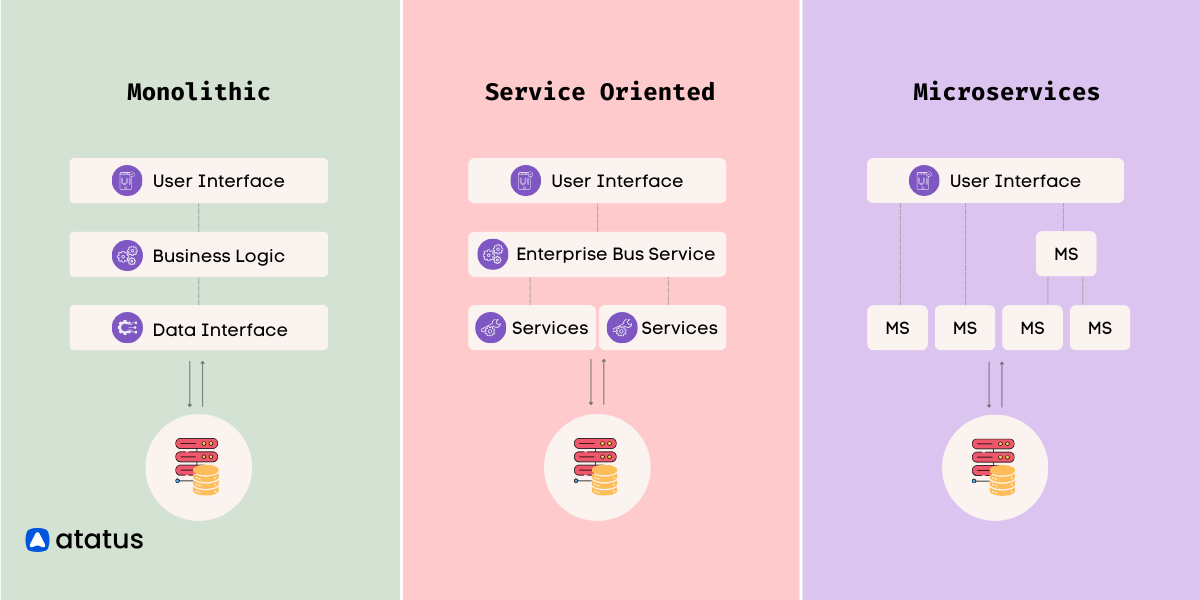What is Microservices Architecture? How it works?
When you have an annual event at school or university, the teacher always assigns separate tasks to different groups of students. Have you ever wondered why she does that? Well, not only does it lighten the load on her but working in a group also makes you more productive and offers you more choices than when you were working alone. In addition, you learn to organize and coordinate with teams and ultimately produce a better result.
Microservices are built for the same purpose, except they handle only computer programs.
Microservices encapsulate each business module into separate independent services. Every application process functions as a separate, loosely coupled service with its logic and database. Updating, deployment, testing, and scaling happen within the scope of each service.
While microservices don't reduce a system's complexity, they make it more visible and manageable. Depending on the need, the same service can be reused in several business processes and over a myriad of channels and touchpoints. In addition, users don't notice any changes made in the backend by standardizing contracts via business-oriented APIs.
Several tech giants like Amazon and Netflix have jumped from their monolithic applications to microservices. This has allowed them to expand their business interface tremendously and improve their services, making them all the more customer-friendly.
Table of Contents
- What are Microservices?
- How do Microservices work?
- What is a Microservice architecture?
- Benefits and Best Practices of Microservices
- Challenges of Microservices
- Deploying these Microservices
- When to choose Microservices?
What are Microservices?
Microservices are an architectural and organizational pattern made for software development. A Software is composed of several independent services that communicate over well-defined APIs. These services owned by small, self-contained teams are called microservices.
With microservices architectures, applications can be scaled and developed more quickly, enabling innovation and accelerating time-to-market.
In simpler terms, "Microservices allow a team to break down a huge, sophisticated program into smaller services or apps."
Any application you build has three distinct layers - a server-side interface, a client-side interface and the central codebase. In a monolith application, all these programs are written in a single language, and placed in the same web stack as well.
Earlier web applications were written this way. Now, the problem with a monolithic application is that whenever you had to make changes in a particular component within this program or while tweaking the capacity for storing data, you had to practically untwirl the entire application stack and make the necessary changes. This not only results in increasing the workload of the developers but also gives chances for new mistakes to happen.

You may be compiling the substitute code for a payment module on an online shopping platform, but this change may be incompatible with the already existing checkout module on the same platform. Thus monolithic applications became harder to adopt, especially when new-age apps are incorporating so many new features and are becoming more and more complex by the day.
Examples of Microservices
Considering the utility it provides, below listed are some of the tech giants who have embraced microservices architecture in recent years -
- Netflix - Netflix decided to split its monolith architecture into microservices in 2009, after experiencing multiple setbacks and frequent server disruptions as a result of its monolithic design. It took 2 years for Netflix to completely turn their architecture solutions to microservices and they announced their redesigned application in 2011.
- Amazon - Amazon was one of the first companies to use microservices to revolutionize their whole company. As one of today's most famous promoters of microservices, Amazon Web Services (AWS) provides enterprises with the infrastructure they need to build and manage containers and microservices on the fly.
- Uber - Initially, Uber was built as a monolith application catering only within the city where it had been created - i.e., San Francisco. When their clientele increased, their developers shifted to microservices for features such as passenger management, travel management, and more.
- Coca-cola - With 3,800 products and subsidiaries on every continent, Coca-Cola faced a challenge sustaining and linking worldwide operations. To achieve this goal, Coca-Cola's global IT organization chose to use microservices and APIs to progressively replace outdated applications on their web stack.
- eBay - In 2011, eBay generated 9 petabytes of data, 5 billion database queries, 4 billion views, and 250 billion search queries per day. For eBay to remain competitive, it realized the need to develop high-quality features and enhancements quickly. In 2011, the company shifted from a monolithic to a microservices architecture to virtualize infrastructure and create a global resource pool.
How do Microservices work?
Microservices are all about decentralized, compartmentalized application packages. Microservice applications are relatively easy to build, deploy, scale, maintain, and so on.
The first part of creating microservices would be breaking down your entire application into smaller components. Now, each of these components can be allocated with separate tasks.
Usually, it is advised that you break down applications based on business functionalities rather than technical similarities.
Let's take the example of an online shopping platform, it can have variable compartments within the central app - like a product catalogue, customer database, checkout options, payment interfaces etc. These applications should be independent and capable of developing, deploying and scaling separately. Suppose, you have to make certain changes in the payment gateway interface, you can separate that particular application alone and reinstate it into the stack after incorporating the needed changes.
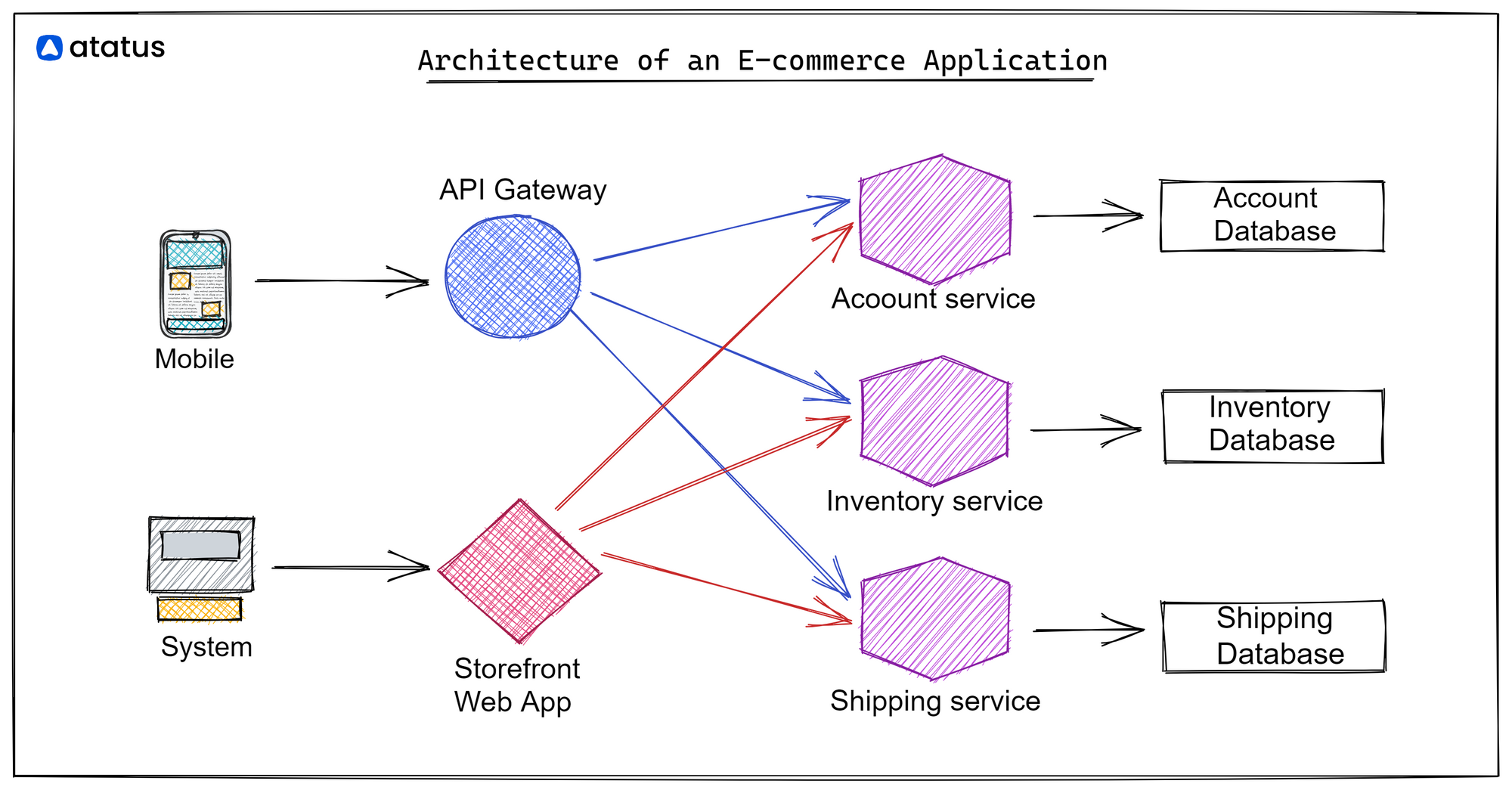
Since all these services are separately coded, you might have a doubt as to how they communicate with each other. Well, API calls get the job done. Each service has an endpoint API which is connected to the other applications on the stack. They communicate to and fro using HTTP requests.
Apart from this, they can rely on asynchronous communication tools like a Message broker that channels messages from the user account via a common tunnel which separates them and sends them to respective services. A new method that has been gaining traction recently is using Service mesh in Kubernetes.
And the highlight is that all these subtasks can be written in different languages, by different teams, sitting at different locations!
Application developers have a lot of freedom when it comes to programming language, technical environment, and deployment options when building microservices. In most cases, a technology's selection is determined by a specific requirement, and in-memory processing engines are commonly used when high speed and low latency are required.
Microservices are based on older design patterns like SOA, modularity, and separation of concerns. A standard monolithic architecture could not cope with the complexity of large-scale systems proposed by them.
What is a Microservice architecture?
Microservices is no single commodity, it is essentially an architecture made up of several microservice providers within a singular server unit. Hence, they show individual as well as group characteristics. We will be discussing their character as a whole and also the instances which necessitate their usage over all other container platforms.
Characteristics of Microservice Architecture
There is no "one" model or a standard pedagogy for microservices. It is all about intercommunication between smaller compartments to keep a big application running smoothly. However, all microservices show certain characteristics as a whole and they are discussed below -
i.) Multiple components - Microservices' hallmark itself is its compartmentalization. This allows us to redeploy any single component after reconfiguration without having to turn down the working of the entire application stack.
However, the downsides of this technique include - extra cost when using remote calls (rather than in-process calls), coarser APIs, and increased complexity when redistributing responsibilities.
ii.) Made for businesses - The entire microservice architecture is centred around business capabilities. It is essentially made to reflect on ease-of-doing-business. Every team is assigned a particular subtask and they need to focus on developing that interface alone. Internal communications are carried out via message bus services.
iii.) Decentralized - A monolithic system uses a single logical database for multiple applications. While microservice applications manage their own databases, each service usually manages its own database. Decentralization helps with productivity and better management of teams.
iv.) Simple routing - As with standard UNIX systems, microservices take requests, process them, and respond correctly. In many other products, such as Enterprise Service Buses (ESBs), high-tech systems handle message routing, choreography, and business rules. Microservices make routing easier with smart endpoints that analyze data and apply logic and dumb pipelines.
v.) Tackles failures - What happens if one of the apps suddenly breaks down? Usually, this would mean a maintenance shutdown for the entire program. But microservices handle these failures effortlessly and keep the framework running.
iv.) Evolutionary design - Many applications start with monolithic architecture, but as additional requirements emerge, they can be slowly renovated into microservices via APIs that interact over an older monolithic architecture.
What is Microservice Architecture used for?
Microservices architecture is a framework comprising several smaller applications handling different subtasks and connected via API endpoints to keep a mammoth application running.
It can be very advantageous if you consider scalability, data storage and security features -
- Scalability - Each microservice can be independently scaled to meet demand for features it supports within the application. As a result, teams can right-size their infrastructure needs, accurately estimate the cost of new features, and maintain service availability during peak periods.
- Better data governance - Since microservices increases visibility into the code, it becomes easier to manage the data on the cloud/server.
- language and technology agnostic - Microservices enable developers to build codes in different languages. That means you can build payment interfaces in java and code checkout interfaces in python and couple them all together to maintain a shopping app.
- Improved data security - provides a centralized solution for guarding your application against malicious bots and cyber attackers.
Benefits and Best Practices of Microservices
Microservices are great tools for managing applications these days. Compared to traditional monolithic applications, they can be easily developed, deployed and scaled. Let's look at some of the benefits of using microservices:
Benefits
- Allows developers to develop and deploy services independently.
- Automated deployment and easy integration using open-source continuous integration tools such as Jenkins, Hudson, etc.
- A fairly small team can develop it.
- Codes can be written in different languages for different services.
- The organization of the code is based on business capabilities.
- Easy to scale the apps and integrate them with third-party services.
- You don't have to modify and redeploy the entire application when you need to make changes to a particular part of the application. Instead, you only need to modify and redeploy the related service.
- The best feature of microservices is its unrelatedness, although all services are interconnected, they work as separate entities, thus a breakdown in one doesn't show effects in the other related microservice.
Best practices
You must be aware by now that shifting to microservices was probably the best deal you ever considered. Well, I have put down some best practices in this field below, that you can follow and benefit from -

- Small application domain - Microservices are based on single responsibility principle. Any failure of an individual service can be reduced by limiting its scope of responsibility. Piling up too many responsibilities on a single server will overburden it and cause service failure, which can have a spillover effect on the rest of the services.
- Orchestration - Orchestrating your microservices is a key factor for success in both processing and tooling. Microservices are already containerized applications, so orchestrating them with a powerful container platform like Kubernetes will enhance the uptime and availability of your program even more.
- Security measures - Revamping security measures for protecting your applications from malicious users, invasive bots, and faulty code is always a right choice.
- Metrics and monitoring - Microservice-based architectures can enable large scale deployment of hundreds or thousands of small, modular services. In spite of the benefits of increased speed, availability, and reach, a system comprising many microservices requires a systematic and strategic monitoring approach.
Several monitoring solutions are widely adopted and can be seamlessly integrated into your infrastructure.
- Separate data storage - It is always advisable to separate databases for two different applications. You might have applications that are regularly accessed but have lesser data and also ones which are only periodically touched but store much larger data. The combination of large and small files combined with regular and periodic access provides a greater level of flexibility and lowers costs.
- Communication - Microservices need to have a solid predetermined communication channel through which they coordinate their tasks.
Consider an online store that uses microservices. One microservice takes orders placed by a customer. In another microservice, the customer is notified by text message that its order has been received. The warehouse is notified by another microservice to send the product out.
Finally, another microservice updates inventory counts.
Even if one of these fails, since microservices are a congregation of several applications in one place, the other microservice would automatically do its job. Image the mayhem it's going to cause if the website sent you "we've successfully delivered your package" when you have still not validated the payment. Thus connecting the service becomes the most important point!
Challenges of Microservices
Like all coins have two sides, microservices are neither free from woes - projects in microservices have to accommodate for certain downsides like network latency, server failure, and congestion that come along with its various benefits.
Netflix admits that testing the relationships between all their microservices is intractable; they prioritize the critical services like letting the user watch something and admit to occasionally letting someone watch something without verifying if they're logged in.

- Microservices' scaling benefits are often hindered by testing due to distributed deployment - and usually becomes complicated and tedious.
- Distributed transactions are not only difficult, they require cooperation among different teams to handle use cases that span more than one service
- There are several factors that developers need to consider before turning to microservices - fault tolerance, load balancing, network latency, and a variety of message formats, all add to the complexity of the entire application.
- When the number of services increase, integrating and managing them as a whole becomes difficult.
- Developing a means of communication between the services is the responsibility of the developers
Developing the microservice application is a big task, but deploying it well so as to run smoothly is an even bigger task. When it comes to microservice architecture, there is such an abundance of options that it is hard to know which is best. However, we've got your back!
Deploying these Microservices
Now, lets find ways to successfully deploy and make the most out of your program.
If you are running a small enterprise and building a relatively easy-workflow, simple application, you can run a microservice application as multiple processes on a single machine. It follows a loopback interface.

Usually when the server overflows with data, either upgradation or buying more servers is the option. Here we use multiple machines instead of one. But going past one machine has several problems that may arise - correlating log files distributed among several servers, handling upgrades and downtime, traffic spikes or drips. Thus, on the whole, troubleshooting becomes complex.
Although running microservices directly as processes is very efficient, there are some points we need to keep in mind at all time, for example, the server must be meticulously maintained with the necessary dependencies and tools, and a runaway process can consume all your memory on the CPU. Deploying microservices with containers can mitigate all these problems.
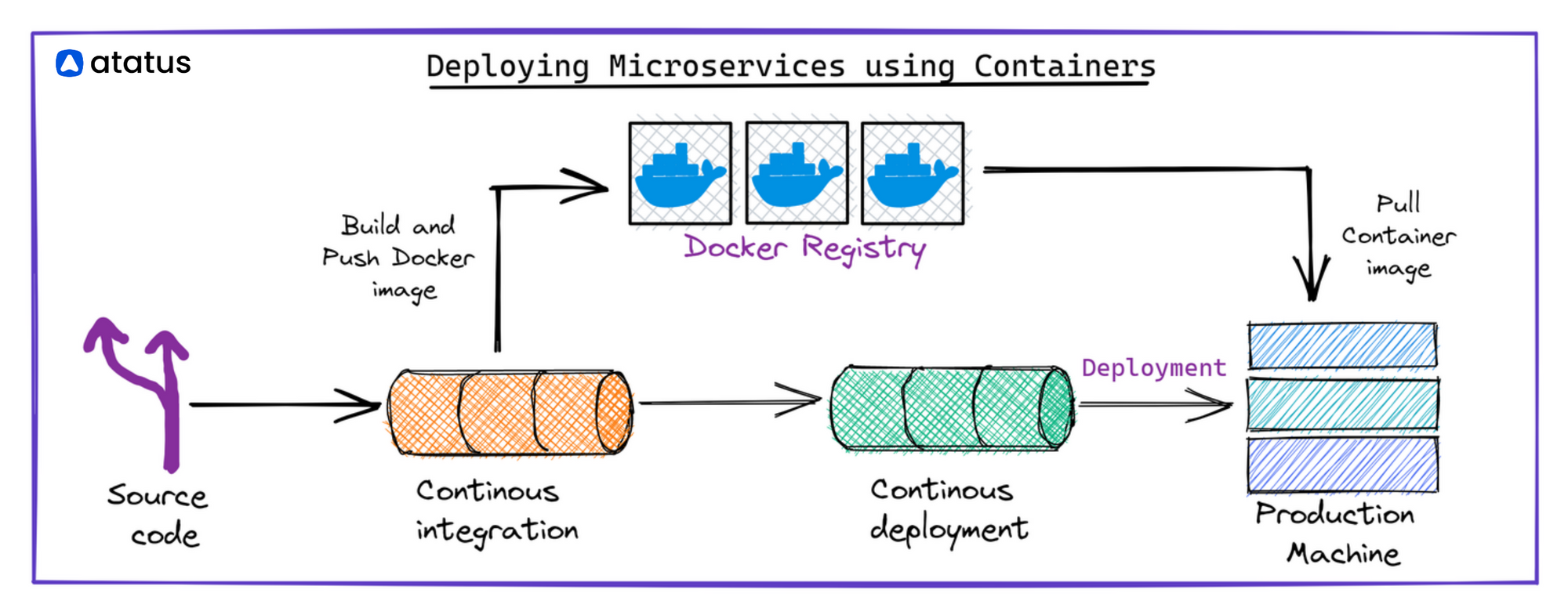
You can run containerized applications without dealing with servers by using Containers-as-a-Service offerings such as AWS Fargate and Heroku. Our only task is to build the container image and point it to the cloud provider, which will provision virtual machines, download, start, and monitor the images for us. Load balancers are usually included in managed services, making it easy for customers to focus on other things.
Serverless containers don't require maintenance or patch-up and automatically scale the application to fit in extra data.
When to choose Microservices?
There are several situations where it may be beneficial to use a microservices architecture for an application. Some of these include:
- When the application is large and complex, with many different features and functionalities, a microservices architecture can help to break the application down into smaller, more manageable components.
- When the development team is large and distributed, with multiple teams working on different application parts, a microservices architecture can enable each team to work on their service independently without interfering with other teams.
- When the application needs to be scalable and able to handle many users because each service can be independently scaled, microservices architecture can make it easier to add more capacity to the application as needed.
- The application needs to be resilient and able to continue functioning even if one of its services fails. With a microservices architecture, a failure in one service will not bring down the entire application, as each service is independent.
Overall, a microservices architecture can be a good choice when an application is complex, distributed, scalable, and resilient. However, it is essential to carefully consider the trade-offs, as a microservices architecture can also be more challenging to implement and manage than a monolithic architecture.
Summing Up!
There's a lot to learn about microservices! Initially, you experience the benefits of faster deployment and scalability, and slowly you enjoy the benefits of reduced downtime and improved business availability.
But distributed deployment and transactions remain challenging and difficult at times. Also, communication channels demand constant surveillance. So it is a tough choice to make - Monolith vs Microservices.
Also, pretty much true to its name, Monolith applications are now being increasingly traded off and microservices architecture is being preferred by developers everywhere. Since applications, today are only becoming increasingly complex developers and corporations feel decentralization alone can bring in the right solutions.
I feel it is definitely a good idea to divide big tasks into smaller ones, since they are then much easier to approach and do, and reduce the risk of making mistakes.
Monitor Your Entire Application with Atatus
Atatus is a Full Stack Observability Platform that lets you review problems as if they happened in your application. Instead of guessing why errors happen or asking users for screenshots and log dumps, Atatus lets you replay the session to quickly understand what went wrong.
We offer Application Performance Monitoring, Real User Monitoring, Server Monitoring, Logs Monitoring, Synthetic Monitoring, Uptime Monitoring and API Analytics. It works perfectly with any application, regardless of framework, and has plugins.

Atatus can be beneficial to your business, which provides a comprehensive view of your application, including how it works, where performance bottlenecks exist, which users are most impacted, and which errors break your code for your frontend, backend, and infrastructure.
If you are not yet a Atatus customer, you can sign up for a 14-day free trial .
#1 Solution for Logs, Traces & Metrics
APM
Kubernetes
Logs
Synthetics
RUM
Serverless
Security
More

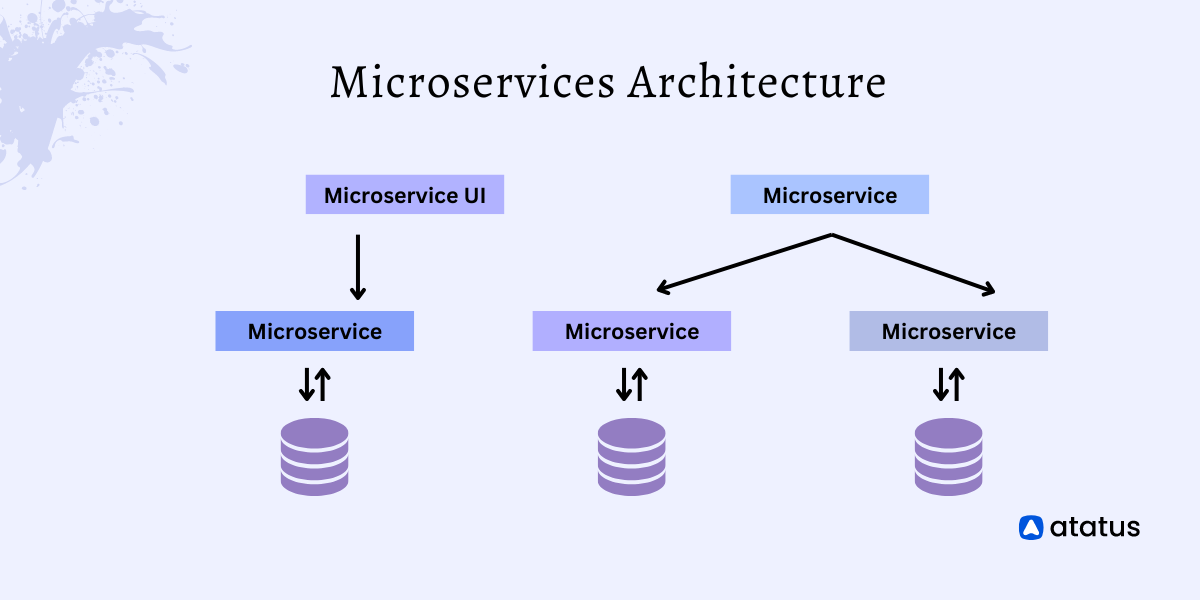

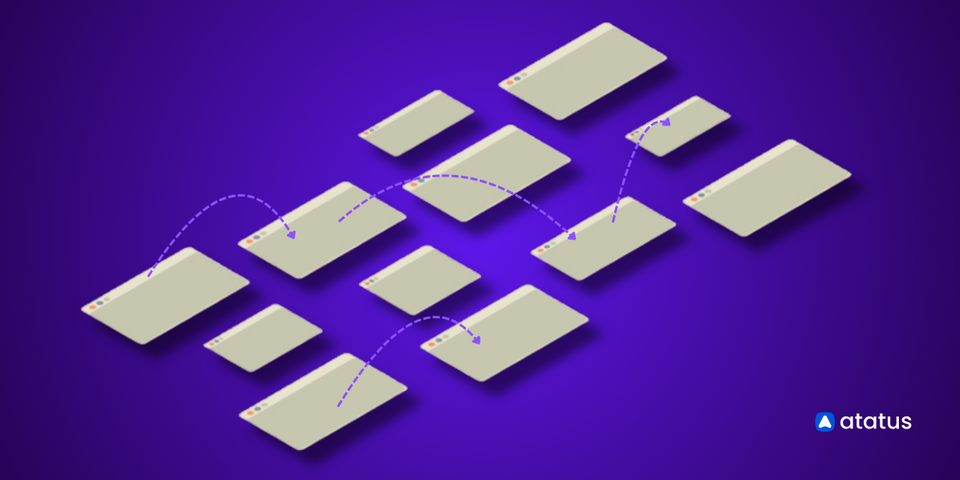
![Comparing OpenTelemetry and Jaeger [2025 Guide]](/blog/content/images/size/w960/2024/02/opentelemetry-vs-jaeger-1.png)
